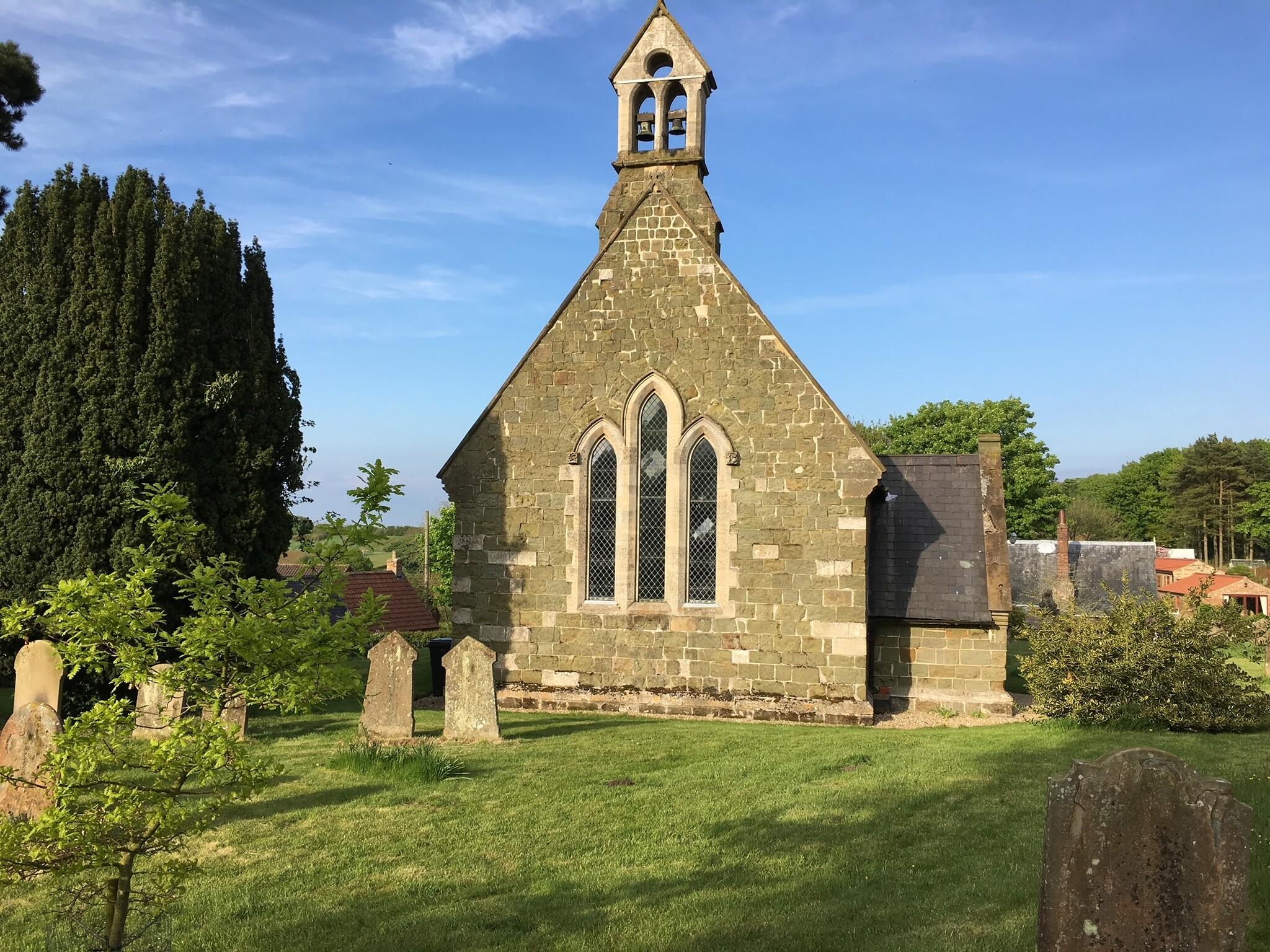Fulletby is a long established village, dating back to the Roman occupation and to Saxon and Viking times where the village name has the suffix “by”, meaning a village or settlement. There is a reference to the village in the Doomsday Book from 1086 in which ownership of the Manor of Fulletby is recorded as forming part of Harold Godwinson’s family lands.
Fulletby sits on top of the Lincolnshire Wolds, and is one of the highest points in the Southern Wolds. Well served by springs and wells, it has been a thriving community for centuries. At its most populous in the second half of the 19th Century, the village had more than 350 residents in a largely self-sustaining community, with a brewhouse, pub, bakery, slaughterhouse, along with a general store, school, church and two chapels. These small enterprises gradually faded as the 20th Century progressed and motorised transport allowed easy access to Horncastle and Louth. Today Fulletby’s population is approx. 90.
The surviving older buildings are focused around St. Andrews Church with Winn Cottage (the former village shop), School House, Liz’s Cottage and Blacksmiths Cottage forming a group of buildings dating back to the middle of the 19th Century. Over time, the older farm buildings and cottages have been gradually replaced by new homes with all styles of 20th Century domestic architecture represented.
The most famous Fulletby resident was Henry Winn (1816-1914), known locally as the “Grand Old Man of Lincolnshire” who was an acclaimed historian and poet who ran the village shop, established the village school and served as a Churchwarden and Parish Clerk for most of his long life.
A key characteristic of the village are the sunken lanes with banks yielding a variety of wild flowers and grasses, all sheltered by a mature canopy of trees and hedgerows. The long distance footpath, The Viking Way, runs through the village. Fulletby is a popular starting point for walkers, who take advantage of the numerous circular walks and panoramic views from the high points around the village. On a clear day it is possible to see Lincoln Cathedral to the west, the Boston Stump (St. Botolph’s Church) to the south and the wind turbines in the North Sea and the cliffs of north Norfolk beyond to the south-east.
Whilst no longer having a school, shop or pub, Fulletby is home to several small businesses and working farms adding to its rural character. The church remains consecrated, with a service every two months, and is available for general use by the village at other times.
Since 2021, the village has had a 2 acre field for general recreational use generously purchased by the residents of Fulletby. This Fulletby Glebe Field is run by a charitable trust on behalf of all the residents. Village fetes are held on this field.
Both Belchford and Fulletby villages have had defibrillators installed, kindly donated by the British Heart Foundation. Fulletby’s is located in the porch of St Andrews Church. Belchford’s unit is installed on the wall of the approach to the Blue Bell Inn car park.
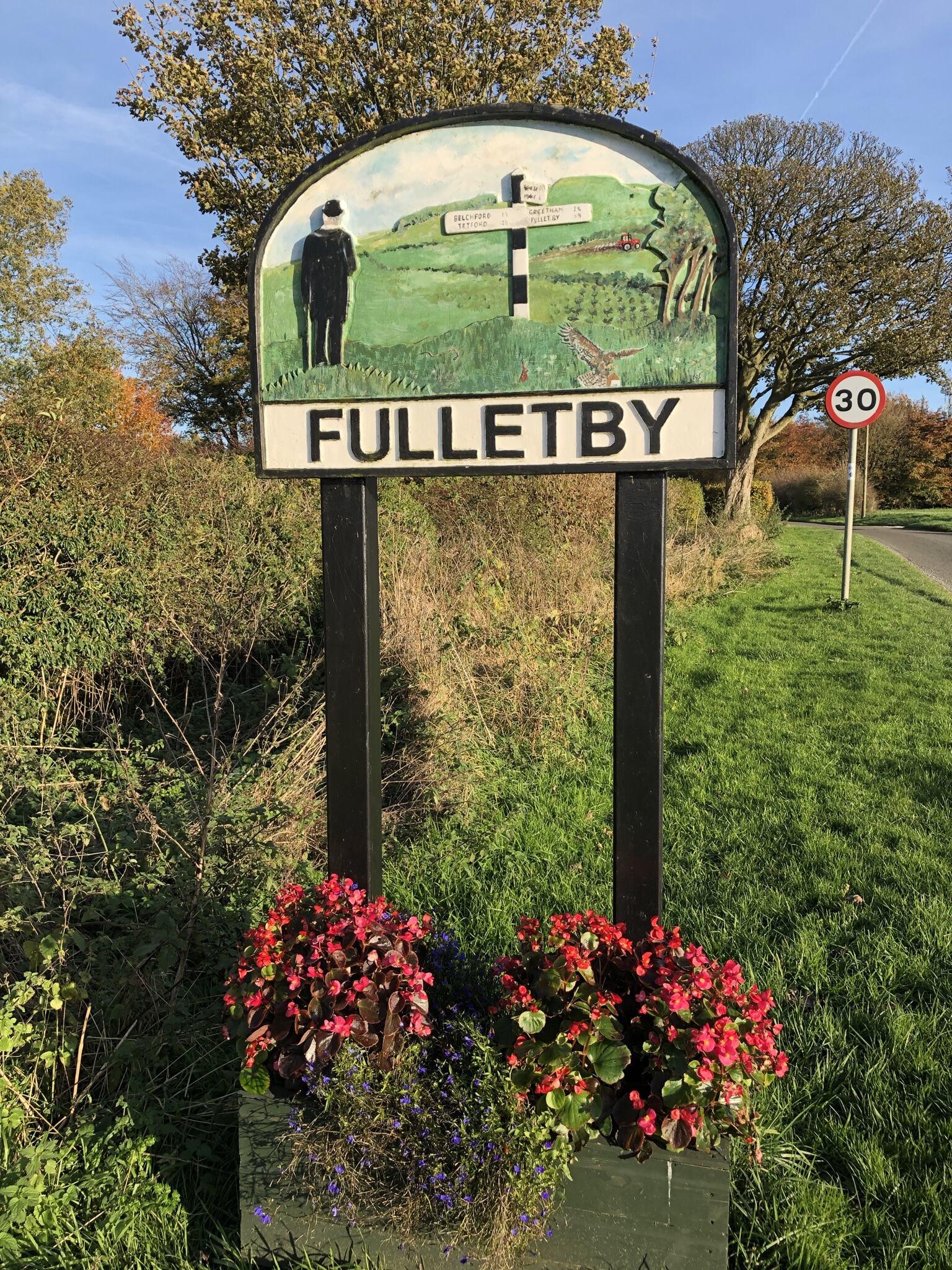
Welcome to Fulletby Road sign
St Andrews Church
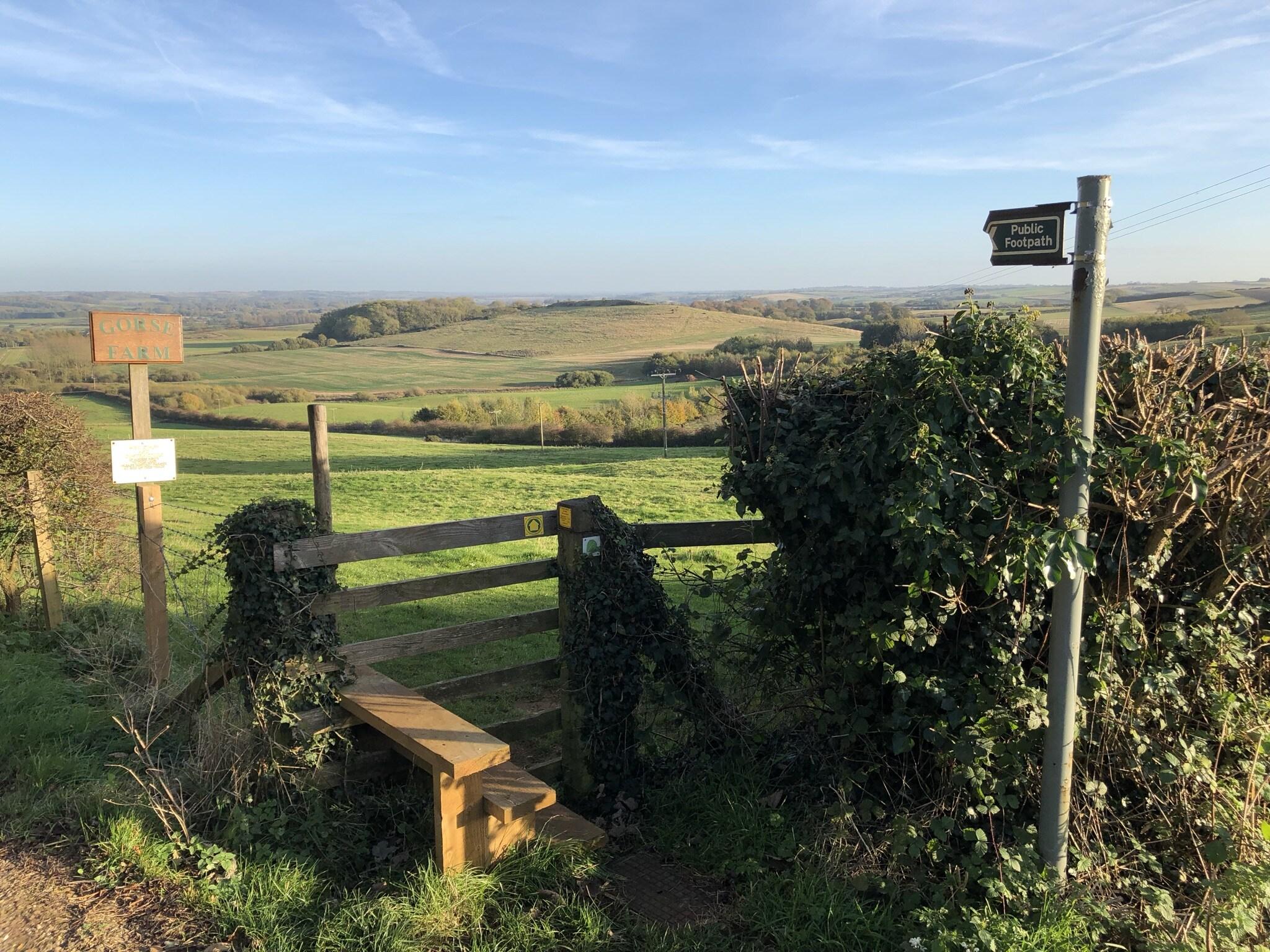
View southeast toward the Lincolnshire Coast and Norfolk
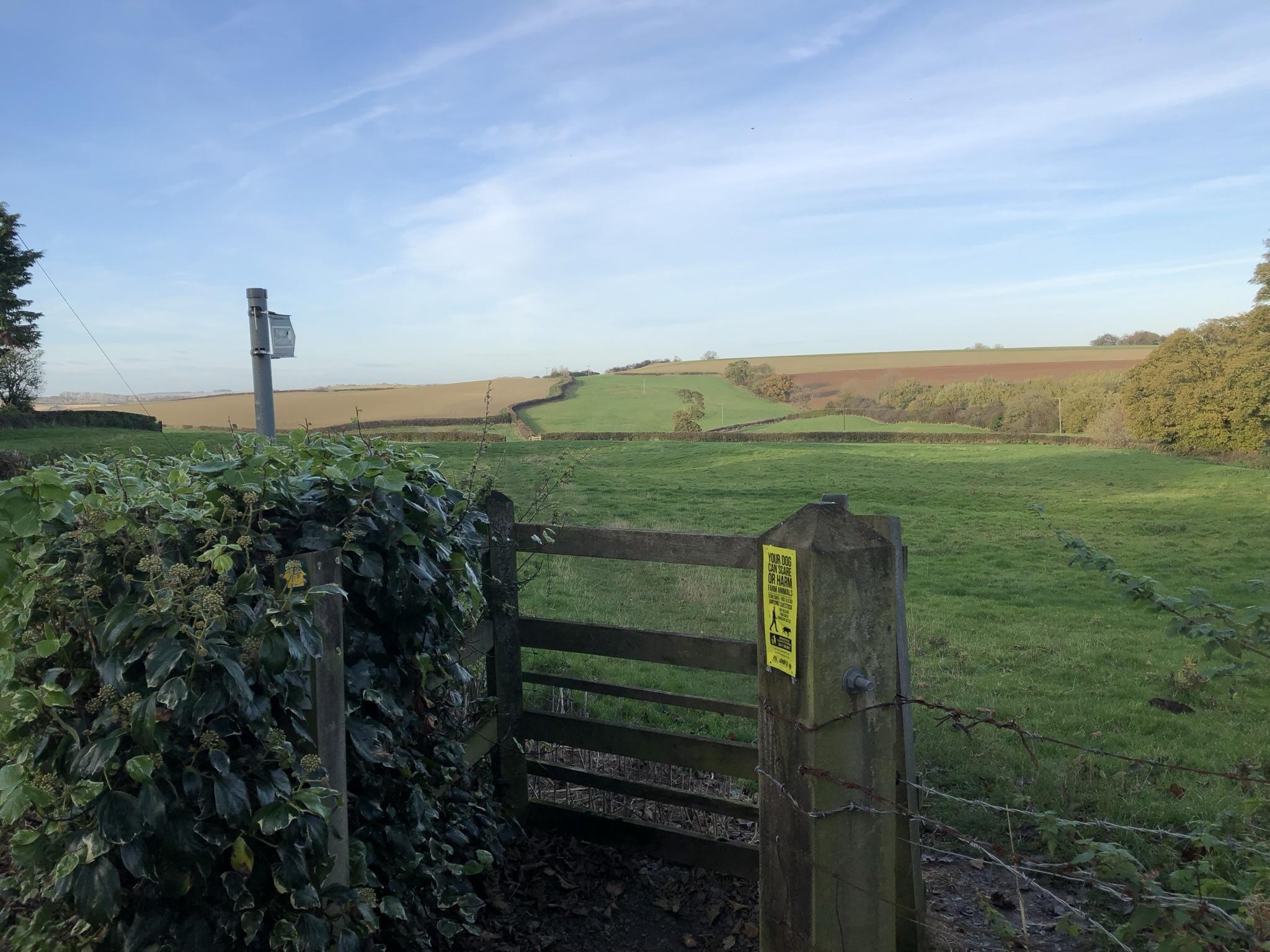
View north along the Viking Way toward Belchford
Aerial view of Fulletby showing the sunken lanes centred on St Andrews Church

Fulletby Glebe Field
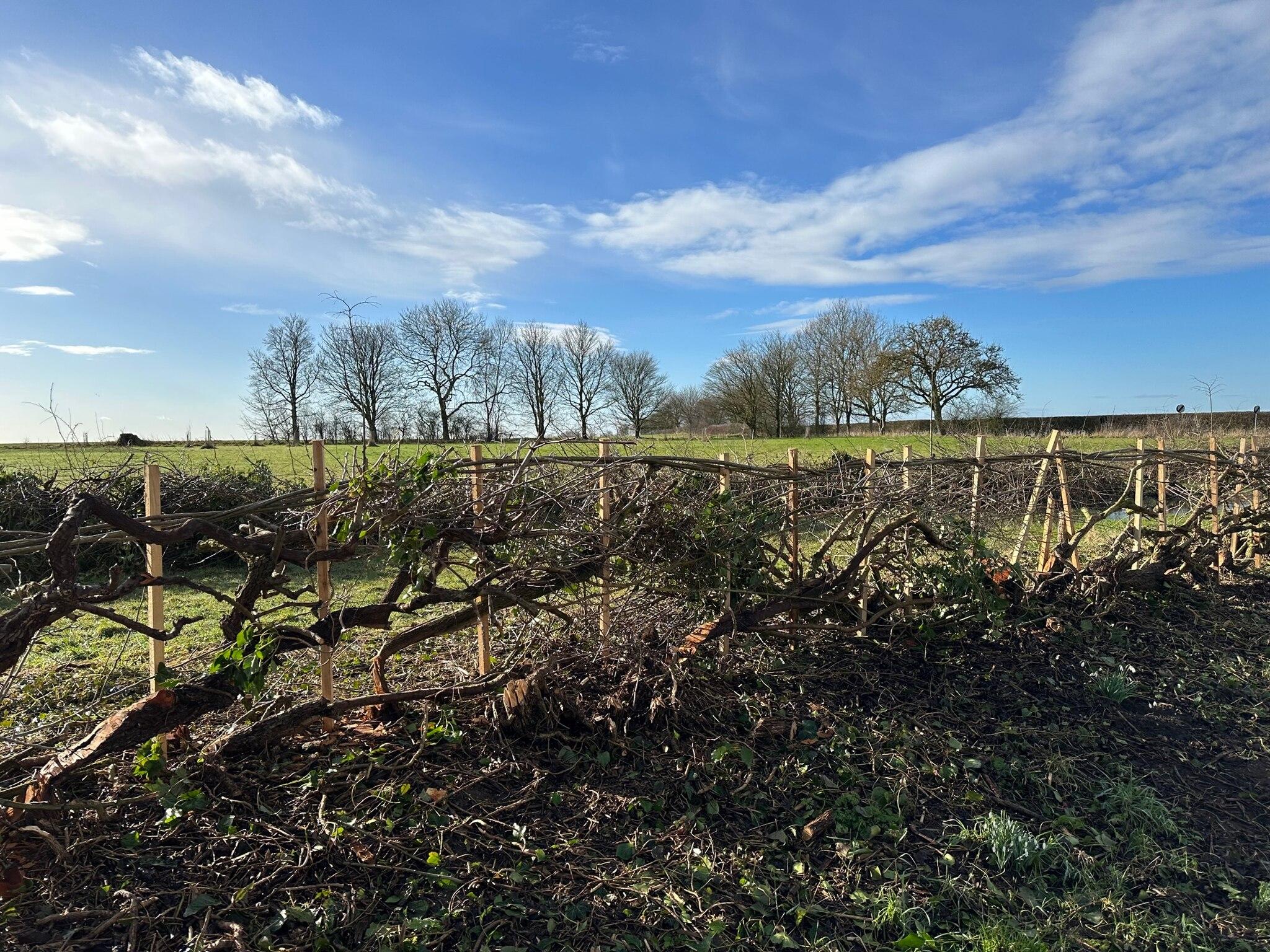
Laid hawthorn hedge bounding Fulletby Glebe Field
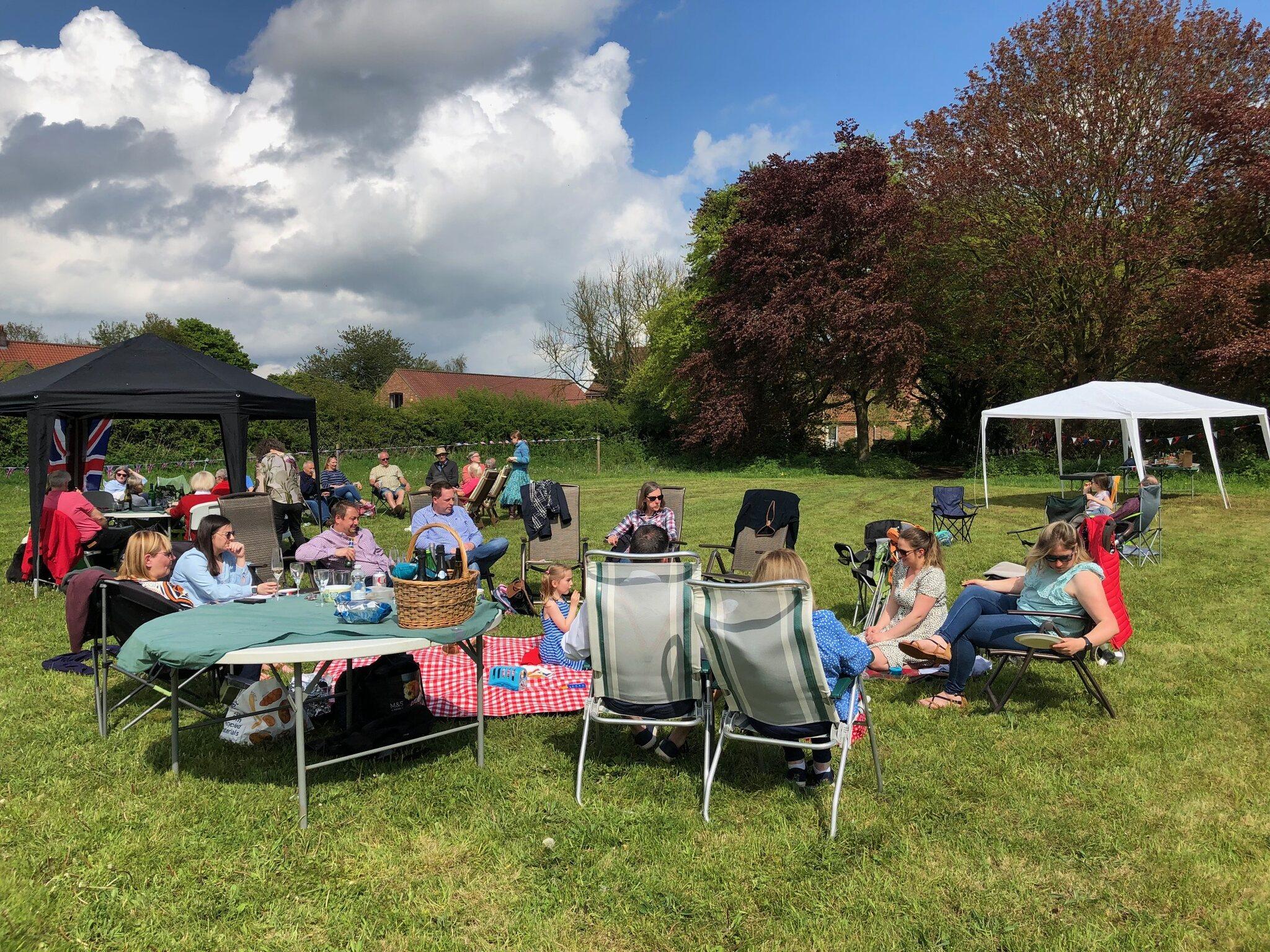
Fete to celebrate the Coronation of King Charles III in May 2023
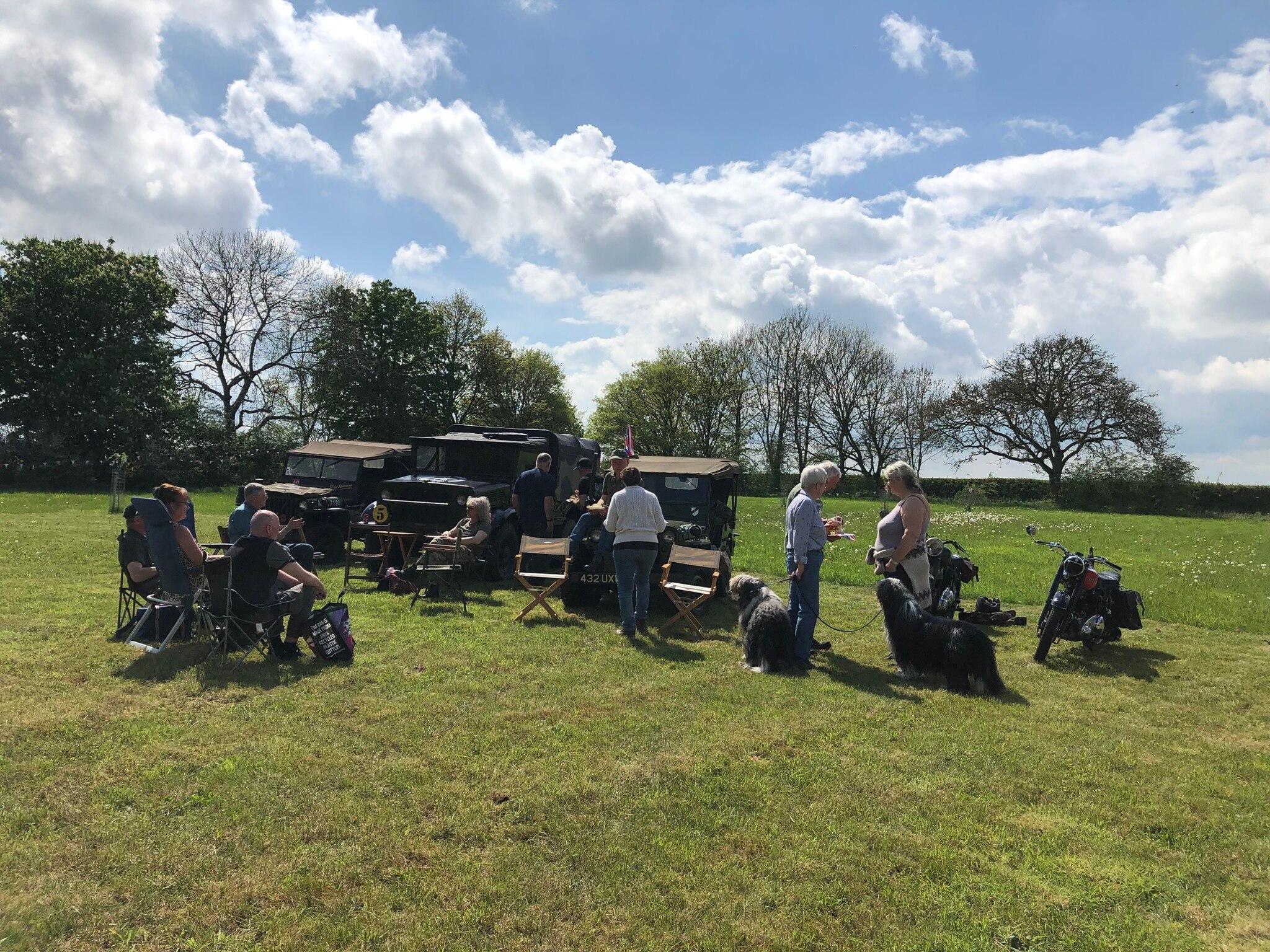
Exhibition of military vehicles at a village fete

